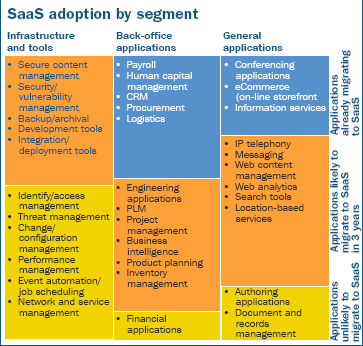Philippe attended an event titled Demystifying Open Source – How an Open Source Strategy Can Make and Save Money for Your Business. He sums up statements by one of SQLFusion’s customer; the CTO of Del-Jen ( a Fluor company):
“Over a period of 4 years the cost of open source software did go down. The more they use it the less it cost.
On the other end the cost of commercial software increased constantly during the same period. The cost includes licensing and consulting.”
The product Fluor is using is Open Source Fusion Enterprise; The small-business version, Open Source Fusion on-demand has opened for beta a few weeks ago.
Tomorrow I’ll be attending another event where I suspect we’ll hear a lot about Open Source: Who pays for software: new and old software business models – What’s next?
The panelists:
Josh Stein, Director, Draper Fischer Jurventson
Brian Bhelendorf, Founder and CTO of CollabNet.
Philippe Courtot, Chairman and CEO, Qualys.
Scott Dietzen, Ph.D., President and Chief Technology Officer, Zimbra
Marten Mickos, CEO MySQL.
Bernard Pesh, CTO of Salesforce.com.
This promises to be a hot event, pre-registration is now closed, but ad-hoc attendance appears to be open. 
Tags: opensource, on-demand, SaaS, SQLFusion, OpenSourceFusion, CollabNet, Qualys, Zimbra, MySQL, Salesforce.com, beta, zoliblog






Recent Comments